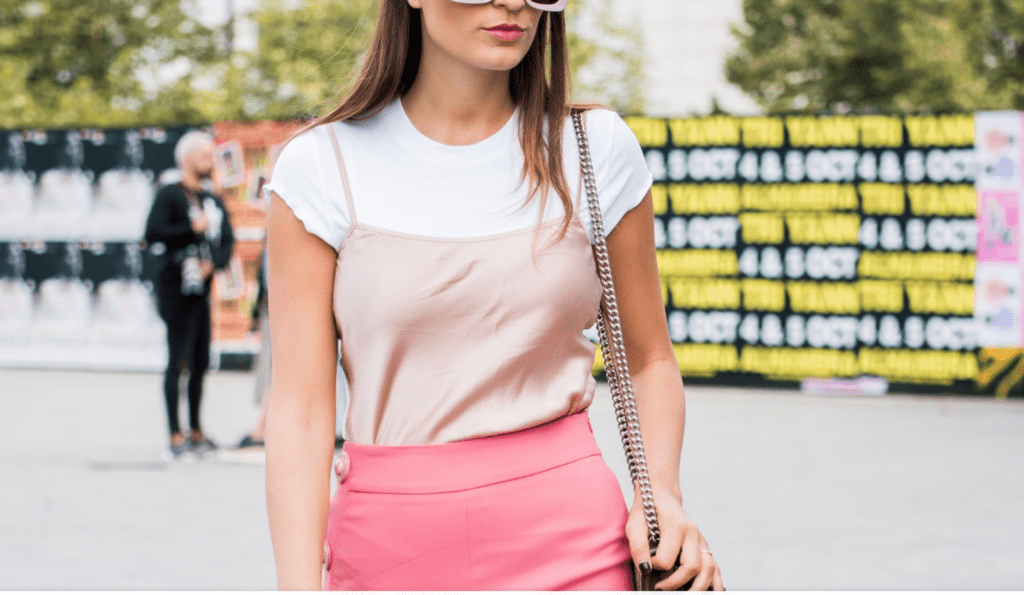Influencer fraud will cost advertisers more than $1 billion in 2019, a figure that could grow to $1.5 billion by 2020, according to a new report. In partnership with the University of Baltimore, Tel Aviv-based cybersecurity firm Cheq found that as influencer marketing spending by brands is expected to reach $8.5 billion in 2019, such “growing popularity [has brought about] greater opportunities for fraud,” and the results are significant.
What does the Cheq report, as previously cited by Fashionista, define as influencer fraud, exactly? There is the most straightforward kind, which it identifies as the “inflating of follower counts [by way of] fake followers and engagement via bots or click farms.” Beyond that, however, there are “grayer areas of deception that add to the economic losses in less clear ways.”
One of these areas is influencer ‘‘pods’’ – which allow influencers to “trade engagement back and forth” amongst themselves. “This operation involves one influencer commenting on, or liking, a certain number of posts, and is reimbursed in kind with comments on their own activity and posts.” While this behavior serves to boost engagement with influencers’ Instagram posts, it “is clearly not what brands have in mind when creating and paying for [influencer marketing] campaigns” aimed at raising brand awareness and boosting sales, the report asserts.
Another one of the less obvious but still widely utilized fraud tactics identified by Cheq’s report is influencers’ reliance on automated services, which act on their behalf “to follow people, unfollow them again to grow in a turbo- charged way.” Practically speaking, this method will see an automated service “follow 500 people,” for instance, from an influencer’s account, and when those “200 follow you back, [the automated service] unfollows them.”
“This practice is fraudulent and certainly against social media network’s terms of service as it consists of spamming,” Nik Speller, head of campaigns at influencer marketing agency Influencer, says in connection with the report, and yet, such tactics are being used by seemingly legitimate social media figures to boost their follower counts and in turn, leverage those numbers to land more lucrative endorsement deals with brands.
Still yet, the report points to the practice of “some wannabe influencers publishing what purport to be sponsored posts on behalf of brands they are not actually working with … [in order] to dupe brands into believing they have a proven track record – and in order to get hired for a future engagement.”
Taken together, such fraudulent efforts – which are bolstered by the swiftly growing size of the influencer marketing sector and a general lack of transparency when it comes to the nature and the extent of many influencers’ promotional activities – have led to a direct financial loss for brands. “Based on the spending of $8.5 billion on influencers in 2019, [fraud] creates a conservative economic loss of $1.3 billion,” according to Cheq’s report. “Left unchecked, this will rise to $1.5 billion in 2020.”
Beyond the “direct costs borne by advertisers,” the losses associated with influencer fraud extend to indirect ones, such as the sweeping erosion of trust amongst consumers, a trend that could potentially chip away at “the influence of influencer marketing.” The study points to examples of such declines in attitude towards what was once viewed as a more authentic, trust-worthy form of advertising compared to more traditional methods, including its finding that “only 4 percent of internet users trust what influencers are telling them on social media.”
At least one of the results of such widespread fraud has been in brands looking to smaller-scale influencers, such as micro-influencers (those with around 10,000 followers) and nano-influencers, who have 1,000 followers or so. Spanish fast fashion giant Zara, for instance, “employs roughly 2421 influencers of which 522 are now micro influencers,” Cheq asserts. But even these figures are susceptible to fraud.
With all of this in mind, Cheq states that such fraud “must be tackled” – by both industry participants and potentially, the help of regulators, such as the Federal Trade Commission – “to ensure that this nascent channel is not severely undermined.”











